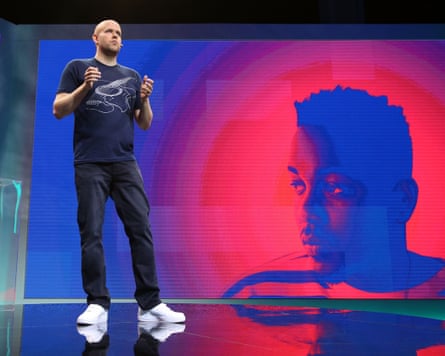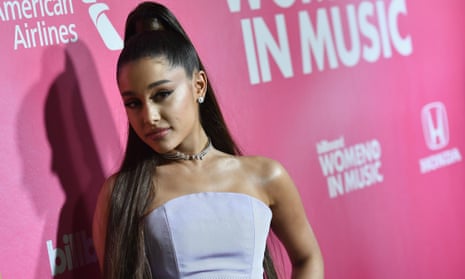Video may have killed the radio star, but playlists could perhaps have saved the music industry. Where record labels once clamoured to have their artists heard on radio, and reviewed by music magazines, the push now is to get songs into curated mixes hosted by streaming services such as Spotify and Apple, on video games, in gyms, and in high street stores.
And revenues are booming: last year the money made by record labels from streaming surpassed income from the sale of traditional formats.
“Getting on one of Spotify’s biggest playlists – New Music Friday or RapCaviar – is vital when you’re breaking a new pop act,” says Stuart Bell, co-founder of Dawbell, a public relations company that has dozens of household names on its roster including Rihanna, Paul McCartney, Pharrell Williams and Elton John. “It’s the equivalent, 20 years ago, to a good single review in Melody Maker, or, 10 years ago, making the Radio 1 playlist.”
With a reported 10,000 tracks being uploaded to streaming services every day, the power of the coveted playlist spot is undeniable.
On Monday, Spotify is expected to post record-breaking growth, and confirm that it now reaches 99 million paid subscribers. According to a study by the EU’s Joint Research Centre last year, placement on Spotify’s New Music Friday playlist can generate $117,000 (£90,500) in revenue; being added to Today’s Top Hits, a list with 23 million followers, raises streams by 20 million and is worth between $116,000 and $163,000. These charts have become one of the key tools used by labels and managers to measure success.

“It feels like the artist is dead and the playlist is king,” says one music manager, who prefers not to be named. “Spotify can absolutely break artists – if you get 32 million streams from the back of a playlist spot, you can easily sell out Shepherd’s Bush Empire. But it does become frustrating. I have a band that have a record all over radio at the moment; they’re getting four-star reviews and selling really well on their tours, but because they’re not playlisted, it’s considered a failure by the label.”
Spotify and its all-powerful algorithms, which sift, sort and promote the most-played songs on its service, has also had an effect on songwriting: shorter tracks with leaner intros where hooks come more quickly to avoid being skipped are a new norm. In 2015, less than 1% of songs ran under two and a half minutes; now more than 6% do.
“Playlisting also rewards ‘vanilla’ music – that’s a huge downside,” says one senior music industry executive. “If an abrasive band like, say, the Pixies were coming out now, they would be penalised by algorithms because the skip rates would be too high – people let playlists run on in the background when they serve inoffensive, bland music they can’t be bothered to turn off. If you look at the music Spotify has broken, it’s all chill-out stuff. That isn’t art, it’s wallpaper.”
One music PR recalls the “awful” experience of pitching her bands to a Spotify playlist editor. “You’re given a 15-minute slot and then you’re out. They’re so obsessed with tracking data and their shit-hot algorithms, I’m not even sure the gatekeepers [who edit the playlists] love music as much as we do.”
Another indie label boss half-jokes that the “most desired sweet spot [for my bands] is to be on the H&M playlist. That’s how you’re reaching young kids now.”
Still, while the rewards can be significant, and an argument can be made for streaming services democratising the playing field between bedroom producers and major label acts, building long-term fans can be tricky.
Jodie Banaszkiewicz, founder of Stay Golden PR, who represents Mac deMarco, Anna Calvi and Sophie among others, believes playlisting is “just one piece of the puzzle”. Having her artists on prominent playlists guarantees a high streaming count and visibility, but she says “there is still no guarantee that the casual playlist listener will automatically stream an artist’s repertoire after one of their tracks has dropped off a playlist – so [it] doesn’t always help long-term artist brand-building.”

Daniel Ek, the 36-year-old billionaire founder of Spotify, has built his company into a juggernaut worth more than the entire music industry was at the time of Spotify’s founding in 2006. Having acquired podcast platforms Gimlet Media and Anchor for $340m earlier this year, it seems he is now pivoting Spotify towards becoming an audio company, rather than just a music one.
“Spotify have always maintained they’re a tech company rather than a music one,” says the senior industry executive, “so their peers will be keeping a close eye because, overall, there’s no question it saved the music business. People are making money again for the first time in 20 years. This is a golden age that hasn’t been seen since the 90s.”

Comments (…)
Sign in or create your Guardian account to join the discussion